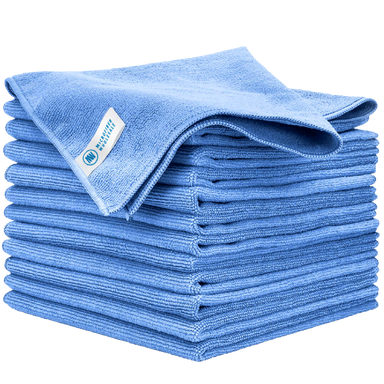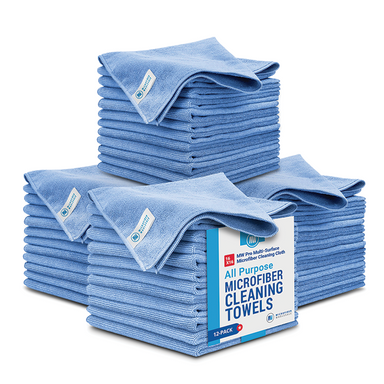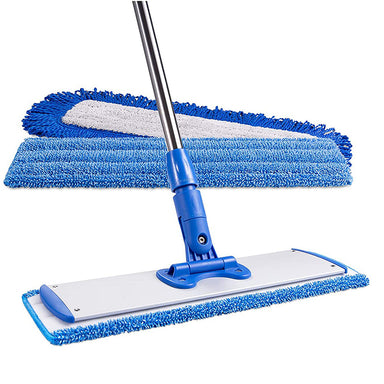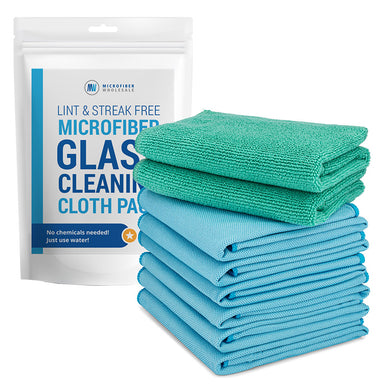Leave No Stone Unturned
Keeping your home clean and dust-free requires attention to the often overlooked areas behind and under furniture, appliances, and fixtures. By using the right tools like microfiber duster wands, cloths, and specialized cleaning brushes, you can effectively tackle these hard-to-reach spots without a lot of effort.
Regular cleaning of these areas not only enhances the overall appearance of your home but also contributes to better indoor air quality, prevents the build-up of allergens, and prolongs the life of your appliances and fixtures. Whether it’s behind the refrigerator, under the bed, or in the high corners of a closet, staying on top of these tasks ensures a healthier and more comfortable living environment.
With the right techniques and tools, even the most hidden spaces in your home can remain spotless and well-maintained.

















